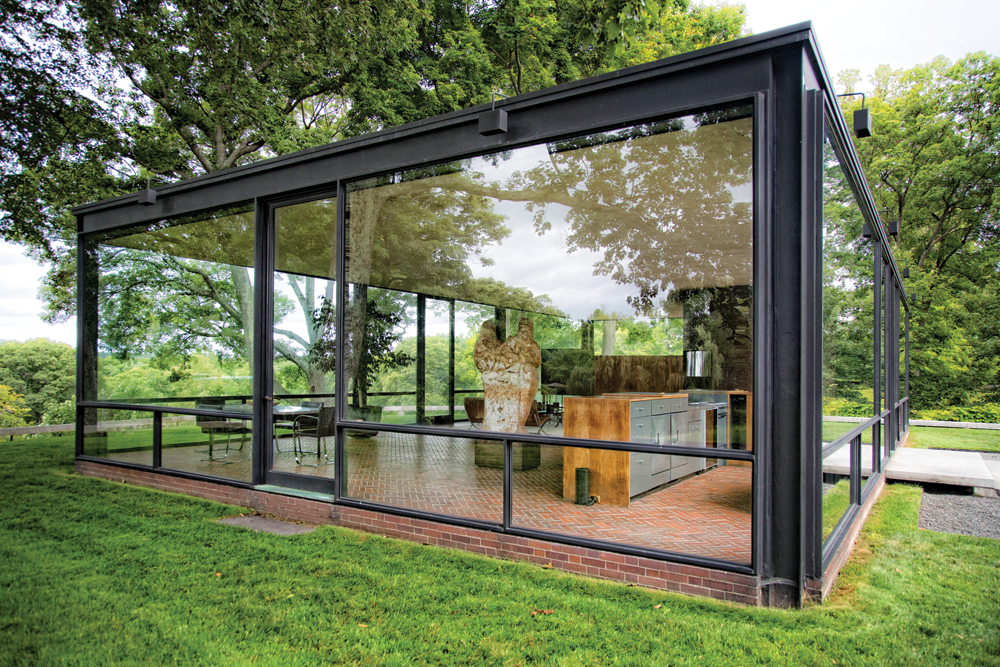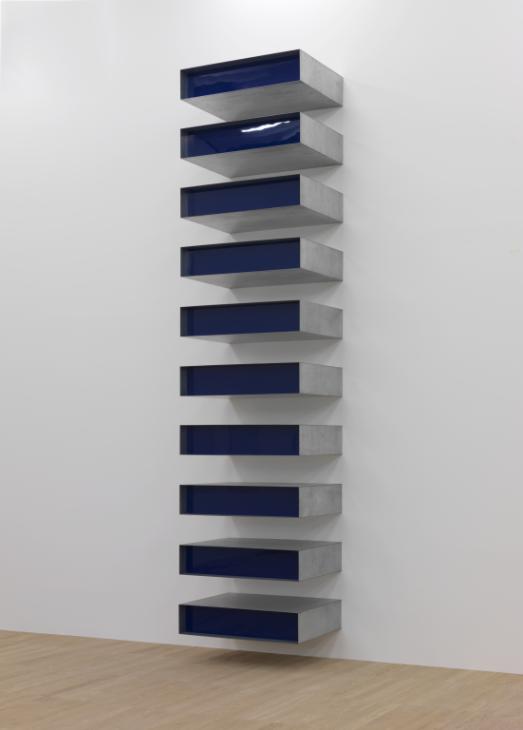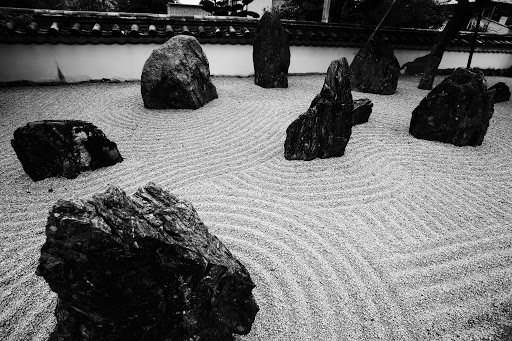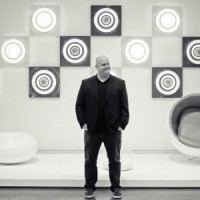
09 Apr Minimalism, You’re Doing It Wrong
I am in quarantine. Not sure how long this will last. And like many others, in an effort to find something to do that isn’t staring into one of the several glass screens in my home, I am thinking this would be a good time to clean my office. I mean really clean my office. According to Kyle Chayka’s recent release, The Longing for Less: Living with Minimalism, a new survey of the minimalism of the moment, I may be suffering from an abstract desire for a different and simpler world that will always be beyond my reach.

In Chayka’s book, he starts by exposing how folks like me, coming of age in the U.S., are particularly vulnerable to the charms of minimalism, linking it to the powers of self-definition and starting over, and how we came to the idea that if we just sort through our belongings in our homes or listen to a significant podcast, we feel that we are well on our way to becoming new people, unburdened by the past. He writes how we have twisted the idea of simplicity as something providing a kind of “psychological hygiene,” and how minimalism could be considered a new therapy, where we no longer depend on the accumulation of stuff for happiness, but craft new preferred identities, by sweeping our floors.
In his thorough and enlightening new book, Chayka traces the West’s obsession with minimalism, exposes its (misunderstood) roots via minimalism’s history and influence in art, music, thought, and aesthetics. He does this by breaking out minimalism into four common qualities. The first being Reduction, which readers will recognize the Marie Kondo pursuit of simplicity. Here Chayka is critical of Kondo’s rise, and her one-size-fits-all approach that he describes as erasing personality and quirkiness, and as ultimately boring and oppressive. It is in the Reduction section where he begins to make the argument that threads through the whole of the book—that the practitioners of minimalism that most interest him are those, that instead of promoting simple answers, lean into the more complex questions of how to live in our modern world.

It is in the section on Emptiness, where Chayka lays out his distinction between capital-M Minimalism and lowercase-m minimalism through the architectural cleanliness of Phillip Johnson’s glass house, and Donald Judd’s acclaimed metal-box sculptures. It is here where Chayka traces how the label minimalist took hold in the 1960s, and how many of the artists associated with that label, especially Judd, hated it. Chayka then exposes the aesthetic influence of lowercase-m minimalism, and how this movement is still influencing today’s consumer products, interior design and clothing, while simultaneously missing the point.
In the Silence section, we get introduced to the important musical composers who get associated with the minimalism movement. Here we learn the origins of Erik Satie’s “furniture music” an early hint at the coming avant-garde in minimalist music. Chayka describes the birth of the ambient music movement and reintroduces us to the innovations of John Cage and probably more importantly, those of Julius Eastman. The lesser known gay African American minimalist composer. This section had me going back through old YouTube videos, getting lost in the absurdity and beauty of it all.

Chayka closes the book with his section on Shadow. Here he looks to Japan, Japanese Buddhism and Japanese culture, as an easy projection, for those of us from the West looking for a readymade aesthetic of austerity. In this effort, Chayka travels to Japan to explore the art and literature of Japanese Buddhism, and the evolution of the union of Japan and minimalism. Chayka is a skilled and observant writer, and it shines most in this section.

I have been to Kyoto a couple of times, however, in this section he had me reliving my trips with new eyes. He had me paying attention again to what he described as the “softness and shadow” found everywhere in that magical place. It is here that Chayka spotlights the appreciation of life’s minor details, while living in the face of the general alienation and anxiety of our modern world.
Longing for Less is a book for our time. A time when minimalism is popular around the world because it, as Chayka writes, reacts against a condition of terminal dissatisfaction with material culture, and social crisis. That the popular minimalist aesthetic we find everywhere now is a symptom of our growing anxiety, and a search for something more stable in a precarious world. Ultimately, Chayka believes we are doing minimalism wrong. That minimalism is a practice that takes place over time, and makes simple things more complicated, not the other way around.
The Longing for Less: Living with Minimalism by Kyle Chayka is published by Bloomsbury Publishing.




Sorry, the comment form is closed at this time.